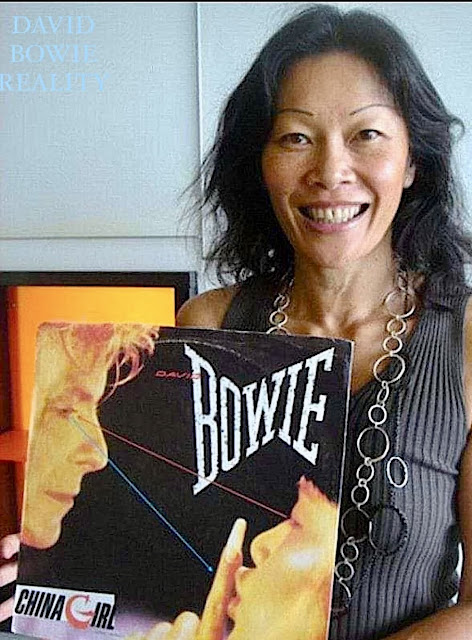La ballata della masturbatrice solitaria
di Anne Sexton
trad. Monica Messa
La fine di una storia è sempre una morte.
Lei è la mia officina. Occhio che scivola.
Dal branco di me stessa, il fiato
trova che te ne sei andato.
Faccio paura a chi mi guarda.
Ma sono sazia.
Di notte, da sola, sposo il letto.
Dita sulle dita — adesso è mia.
È qui. A un passo. È il mio appuntamento.
La batto come una campana scassata.
Mi sdraio dove tu la cavalcavi.
Mi hai presa in prestito su quel lenzuolo a fiori.
Di notte, da sola, sposo il letto.
Prendi questa notte, amore,
la stessa che ogni coppia fabbrica
a colpi sotto e sopra,
due corpi gonfi su piume e spugna,
in ginocchio, che spingono, fronte contro fronte.
Di notte, da sola, sposo il letto.
Mi scavo fuori dal corpo così.
Un miracolo molesto.
Potrei vendere questo mercato di sogni?
Sono stesa. Aperta. Inchiodata.
“La mia piccola prugna”, dicevi.
Di notte, da sola, sposo il letto.
Poi è arrivata la rivale dagli occhi neri.
La signora d'acqua, sbucata dalla riva.
Pianoforte tra le dita, vergogna sulle labbra,
e voce da flauto.
E io? Una scopa con le ginocchia sfondate.
Di notte, da sola, sposo il letto.
Lei ti ha preso come si strappa
un vestito a saldo da una gruccia.
Io mi sono spezzata come si spezza la pietra.
Ti ridò i tuoi libri e la roba da pesca.
Il giornale di oggi dice che vi sposate.
Di notte, da sola, sposo il letto.
Stanotte ragazzi e ragazze sono la stessa cosa.
Si sbottonano. Si slacciano.
Si tolgono le scarpe. Spengono la luce.
Le creature che brillano sono tutte bugiarde.
Si mangiano a vicenda. Sono strapiene.
Di notte, da sola, sposo il letto.
The Ballad of the Lonely Masturbator
by Anne Sexton
The end of the affair is always death.
She’s my workshop. Slippery eye,
out of the tribe of myself my breath
finds you gone. I horrify
those who stand by. I am fed.
At night, alone, I marry the bed.
Finger to finger, now she’s mine.
She’s not too far. She’s my encounter.
I beat her like a bell. I recline
in the bower where you used to mount her.
You borrowed me on the flowered spread.
At night, alone, I marry the bed.
Take for instance this night, my love,
that every single couple puts together
with a joint overturning, beneath, above,
the abundant two on sponge and feather,
kneeling and pushing, head to head.
At night alone, I marry the bed.
I break out of my body this way,
an annoying miracle. Could I
put the dream market on display?
I am spread out. I crucify.
My little plum is what you said.
At night, alone, I marry the bed.
Then my black-eyed rival came.
The lady of water, rising on the beach,
a piano at her fingertips, shame
on her lips and a flute’s speech.
And I was the knock-kneed broom instead.
At night, alone, I marry the bed.
She took you the way a woman takes
a bargain dress off the rack
and I broke the way a stone breaks.
I give back your books and fishing tack.
Today’s paper says that you are wed.
At night, alone, I marry the bed.
The boys and girls are one tonight.
They unbutton blouses. They unzip flies.
They take off shoes. They turn off the light.
The glimmering creatures are full of lies.
They are eating each other. They are overfed.
At night, alone, I marry the bed.
Anne Sexton (1928–1974) was one of the most intense and controversial voices of American poetry of the twentieth century.
Winner of the Pulitzer Prize in 1967, she transformed her personal pain into a raw, visceral and revolutionary poetry. With a confessional style, she addressed taboo subjects for the time, such as troubled motherhood, female sexuality, mental illness and death, becoming a symbol of the breaking of the limits imposed on women and on poetry itself.
Writing was for her a form of salvation, a way to reconnect the fragments of her existence. Her tormented life ended tragically in 1974, but the power of her words continues to influence generations of readers.
🌸













































.png)





.jpg)

.jpg)









.jpg)


















































